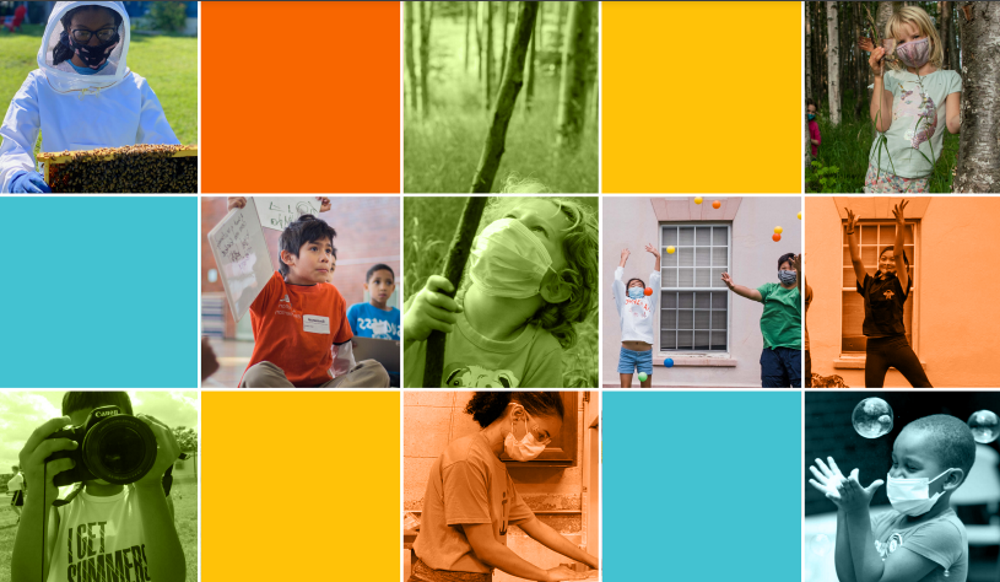
SERGEY NOVIKOV/SHUTTERSTOCK
The number of kids taking part in structured summer activities has grown steadily over the past 15 years, but that growth has been fueled by middle class and wealthy families, while children from poor families are left out, according to survey data recently released by the Afterschool Alliance.
Nearly three-fourths of school-aged children enrolled in summer programs in 2019 were from households with middle or high incomes, according to the survey.
 “Summer programs were out of reach for 14 million children in 2019,” said Jodi Grant, executive director of the Afterschool Alliance, when she presented the results online in May.
“Summer programs were out of reach for 14 million children in 2019,” said Jodi Grant, executive director of the Afterschool Alliance, when she presented the results online in May.
More children are expected to enroll in summer learning and enrichment programs in the coming years, despite a decline in participation in 2020 attributed to the pandemic.
The data used in the report was collected by Edge Research, which surveyed nearly 30,000 U.S. families about summer 2019 and did follow-up surveys about summer 2020.
Nearly half of families with children said a child was taking part in a summer program in 2019, compared with one-third of families in 2013 and even fewer in 2008.
Structured summer programs included camps, sports activities, summer learning programs and summer school, as well jobs or internships for older kids. Child care facilities were not included.
Parents said that speciality camps such as arts, drama and sports camps were the programs kids were most likely to be enrolled in.

Afterschool Alliance
Cover image from the America After 3PM special report, “Time for a Game-Changing Summer, With Opportunity and Growth for All of America’s Youth.” The report is based on research commissioned and funded by The Wallace Foundation.
Many parents said they would like to enroll their child but could not. Of the families who didn’t enroll a child, 39% said it was because of the cost.
The average amount parents paid per child in 2019 was $758, according to the survey. The average cost for STEM camps was higher: $900 per child.
Other barriers included a lack of transportation and knowledge about programs.
To address the gap in access to summer programs, Grant and others hope state education departments and local school districts will use American Rescue Plan funds to develop more programming.
Catherine Augustine, a senior policy researcher at the RAND Corp who studies summer learning programs, said kids who are experiencing poverty are less likely to go to specialized camps, take private lessons, or even participate in sports. They may live in unsafe neighborhoods where they’re expected to stay inside all day, and they tend to be connected to screens over the summer more so than their higher-income peers, she said.
“Of course that’s not the case for every kid experiencing poverty,” Augustine said. “Some have very enriching summers.”
For more on related programs, research and resources, go to
► Youth Today’s OST Hub | Summer Learning
She urged school districts to try to identify those in poverty and think about what the students could benefit from in addition to academics. Many summer programs, for example, provide meals and snacks.
Blaire Denson, executive director of the Virginia Partnership for Out-of-School Time, said low-income children were the ones most dramatically impacted by the pandemic, and most in need of summer enrichment opportunities.
”The pandemic only worsened inequities,” she said.
























